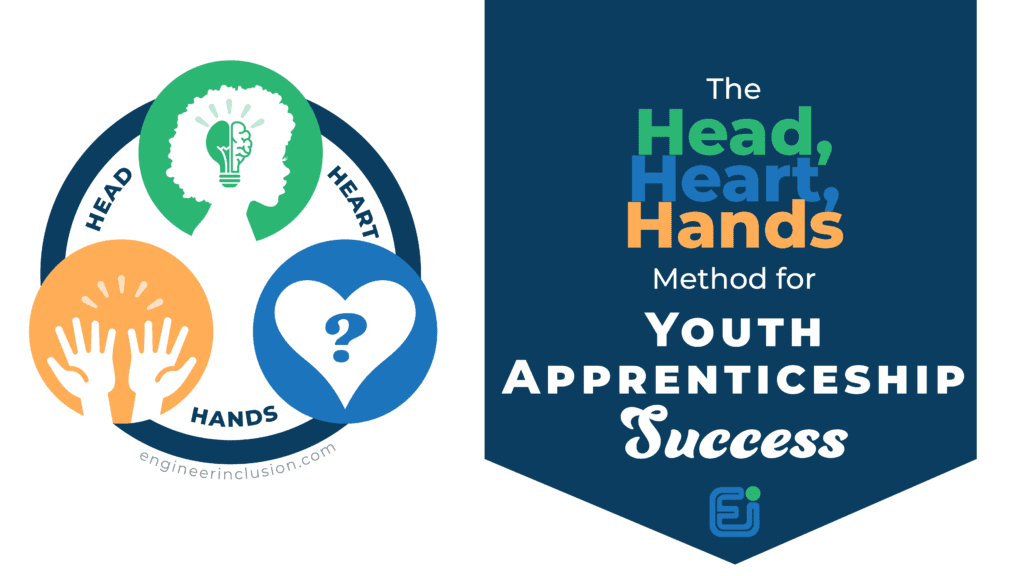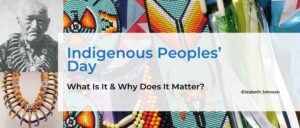Our conversations shape the environment and influence the sense of inclusion in any team or workplace. Learn how to perform a norms audit and download a tool to help identify unintentional exclusions and foster a more inclusive culture for everyone in your team.
Our conversations hold a significant role in shaping the environment and influencing the sense of inclusion in any team or workplace. Often, the topics we engage in can unknowingly create a culture that includes some while excluding others. This blog post underlines the critical importance of auditing conversational norms within a team, emphasizing the urgent need to foster a more inclusive environment.
The Power of Everyday Conversations
Every team has its own set of norms and dominant conversation topics. These can inadvertently shape who feels included or excluded. Here are a few examples to illustrate how this can happen:
- Example 1: Sports and Pop Culture Dominance
When I worked as an engineer, my team mainly consisted of younger male graduates from Texas Tech. They all watched football religiously and talked about it every day. Seriously. When they weren’t talking about football, they discussed beer, fast cars, and television. Oh, and there was lots of cursing. After my first team lunch, when they talked about “The Office,” and I thought they meant the actual office and asked a question for clarification, they looked at me like I was an alien. It was then I realized that I was different, and if I wanted to fit in, I had to change. (This type of forced belonging felt in my best interest, but in the long run likely was not.)
- Example 2: Shared Hobbies and Interests
A friend of mine and I love gardening and birding. She and I can talk for hours on these topics, and her wife’s eyes glaze over. Until I ask Janet about her latest building project or plans for her wickedly wild Halloween display, she can feel very excluded when Linz and I get lost in our nature world.
- Example 3: Family Life Conversations
Consider a team full of young parents who naturally talk about their kids constantly. Meanwhile, another teammate struggles with fertility and feels overwhelmed by the non-stop kid talk. Another teammate lost his son to SIDS before he joined the team. Another teammate is navigating the adoption process and has worked hard and waited years for child placement. Neither speak up because they know their colleagues love their kids and want to share, but they feel themselves pulling away.
- Example 4: Religious Conversations
What if you have a team where a few people are active in their church and talk about their god and beliefs at every chance? Compound this: when you live in a community that normalizes this behavior, it is hard to speak up and suggest people tone down their overly religious rhetoric. What kind of environment do non-believers, people from marginalized and persecuted faiths, or any other type of non-dominant belief system experience? Would anyone be as welcome to talk about their beliefs at the same level of privilege evangelical Christians experience in the US? What about people from LGBTQ+ identities who religious institutions and ideologies have historically harmed?
- Example 5: Health and Fitness
Imagine a team where fitness enthusiasts dominate the conversation with discussions about their latest workouts, diet trends, and marathons. A team member who struggles with body image issues or has health conditions preventing them from participating in such activities may feel alienated. They might avoid team lunches or gatherings to escape the constant fitness talk, feeling they can’t relate or contribute to these conversations.
- Example 6: Tech and Gaming
In a tech-heavy team, discussions might frequently revolve around the latest gadgets, video games, or coding challenges. While some might find these topics exciting and engaging, others who are less tech-savvy or interested in gaming might feel left out. This can create a divide where non-tech team members feel their interests should be more valued and addressed.
- Example 7: Class and Socioeconomic Status
Imagine a team where some members frequently talk about their latest vacations, expensive hobbies, or high-end dining experiences. For colleagues from lower socioeconomic backgrounds, these conversations can be alienating and make them feel like outsiders. They might feel pressured to keep up appearances or refrain from sharing their own experiences, leading to a sense of isolation.
- Example 8: Race and Cultural Background
Consider a workplace where the majority culture dominates the conversation topics, such as specific cultural references, inside jokes, or holiday celebrations. Colleagues from minority racial or cultural backgrounds might feel excluded or invisible in these discussions. If these colleagues try to share their cultural experiences, they might feel dismissed or misunderstood, further perpetuating a sense of exclusion.
The Need for a Norms Audit
It’s hard to assess who we may unintentionally exclude if we don’t audit our norms. By taking a closer look at the specific topics dominating your team’s conversations, you can identify potential exclusion areas and work towards creating a more inclusive environment.
Instructions
- Daily Track Topics of Conversation: For a couple of weeks, use tally marks to track the topics of conversation, colloquial references, or suggestions. The tallies should be an aggregate of your entire group, not focused on individuals.
- Be a Participant Observer: While this shouldn’t be a secret analysis, try not to alter the “normal” culture and climate with your observations and tracking. The objective isn’t to pass judgment but to be a participant observer first and then reflect on the implications for your group.
- Reflect on Your Findings: Use your findings to discuss and co-create a more inclusive environment for everyone.
To assist you with this audit, I’ve created a PDF download (below) and a spreadsheet template. Understanding and addressing the prevalent topics and norms within your team can foster a more inclusive and supportive workplace for all members.
What to Do After the Audit
Conducting an audit is just the first step. Here are the next steps to take to ensure your findings lead to meaningful change:
Analyze the Data
Review the tallies and notes from your audit to identify dominant topics and any patterns of exclusion or imbalance in your team’s conversations.
1Facilitate an Open Discussion
Share the results with your team in a non-judgmental way. Encourage an open dialogue where team members can express their feelings and perspectives on the findings.
2Develop Action Plans
Collaborate with your team to create action plans aimed at promoting inclusivity. This could involve setting guidelines for more balanced and inclusive conversations, planning activities that reflect diverse interests, or establishing norms that respect all team members’ backgrounds and beliefs.
3Provide Training and Resources
Consider offering training sessions on diversity, equity, and inclusion. Provide resources that help team members understand the importance of inclusive communication and how to practice it.
4Set Up Regular Check-Ins
Make it a habit to regularly check in on the team’s conversational norms. Periodic audits and discussions can help maintain an inclusive environment and address any emerging issues promptly.
5Celebrate Diversity
Recognize and celebrate the diverse backgrounds and interests within your team. This can be through cultural appreciation days, inclusive team-building activities, or simply encouraging team members to share their unique experiences and hobbies.
6Conclusion
Auditing your team’s conversational norms can reveal much about the inclusivity of your workplace. The examples provided illustrate how dominant topics can impact different team members. By taking the time to observe, track, and reflect on these norms, you can identify areas for improvement and work towards creating a more welcoming environment for everyone. After the audit, it’s crucial to take actionable steps to foster a culture of inclusivity. Let’s take a step towards inclusivity by being mindful of the power of our everyday conversations and committing to continuous improvement.
Download your Topical Norms Tracker
When you download this resource, you agree to be added to our mailing list. We send about one email with resources and strategies every week. You can unsubscribe at any time.












